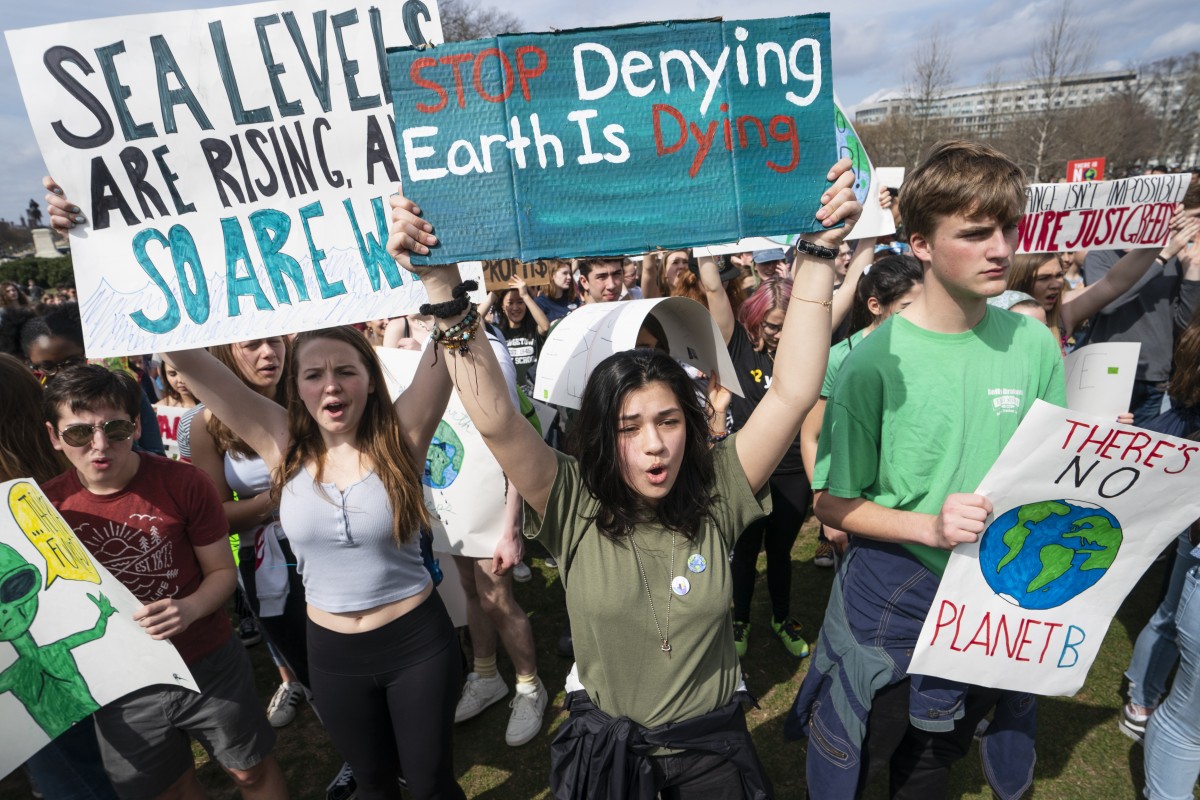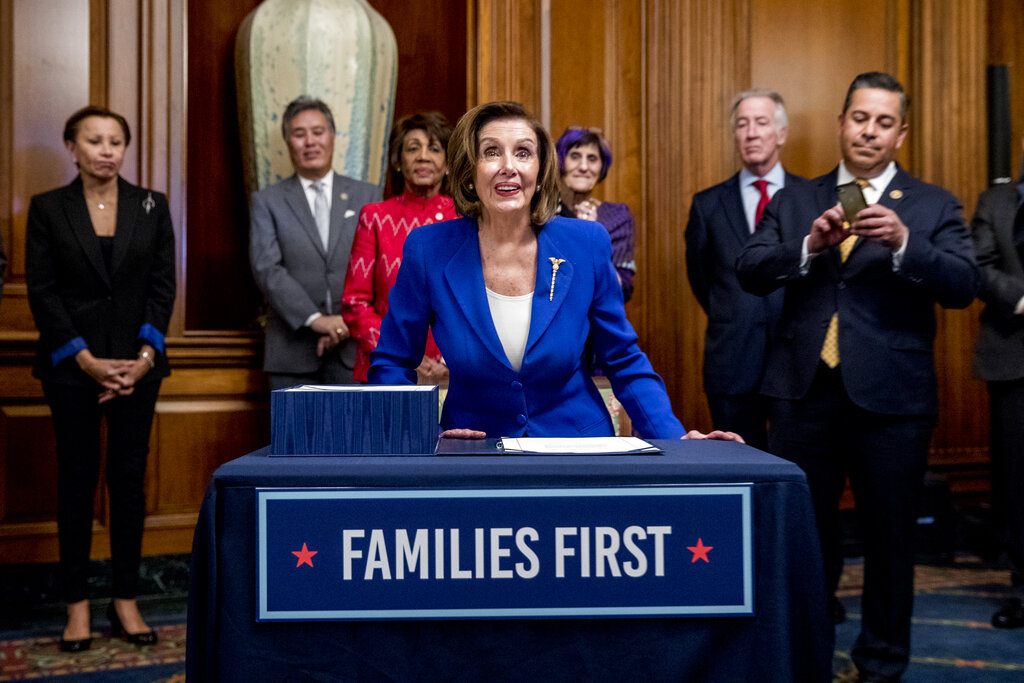The Daily Yonder’s team hit the ground running early on in the pandemic, tracking how the coronavirus has impacted rural America through consistently-released data visualizations pinpointing COVID-19 cases and related deaths in rural communities across the country.
The Daily Yonder, from the Center for Rural Strategies, provides news, commentary and data analyses on rural American issues and publishes these reports through its COVID-19 dashboard.
The publication’s editor Tim Marema discussed on Instagram Live the Daily Yonder’s COVID-19 reporting and how the pandemic has affected rural communities with 100 Days in Appalachia’s Ashton Marra.
Responses have been edited for clarity. View the full conversation on our Instagram page.
AM: One of the things the Daily Yonder is known for is data reporting. Whether it’s election coverage or economics or health outcomes, your publication is always creating strong data visualizations to help us understand what’s happening in our communities. And that’s something you all started at the beginning of COVID, too. Can you tell us about your decision to do that kind of reporting around COVID?
TM: Well, like you said, we’ve always had an emphasis on data, and that goes back to the founding editor, Bill Bishop. And it seemed like an obvious way that we can help contribute to what the coverage was nationally about what was going on with COVID-19. It’s hard to remember this now, but it was such a rare thing in rural communities back in March and April. There was almost this feeling like it wasn’t going to hit rural areas. And now we have seen, of course, that nothing could be further from the truth – that it really has gone everywhere, including rural places.
What we did early on was tapped into a site called USA Facts, which is a nonprofit that gathers data on lots of different issues. They started tracking COVID-19. Later, the New York Times made their data set publicly available, which was doing the same thing. Essentially anything we can get down to a county level, we can run an analysis on it to determine sort of what’s the difference between urban areas and rural areas, and so that’s essentially what we started doing with COVID-19, the new infections and the deaths. We felt like that would be our contribution to the national story of the pandemic.
AM: As you said, initially we started seeing a huge impact in big cities across the country, and there was a time when it felt like rural communities weren’t going to see the same type of impact. When was it that you started to see that change? When did it become clear to you that it was going to hit rural communities as hard as it has?
TM: I think our general assumption that it would get there began at the start. There was every indication that rural would not be exempted. Rural is an integral part of the rest of the United States – economically, socially. People travel to rural places, they travel back from rural places, the market centers have people from rural areas come into them and then go back. So, we figured it was just a matter of time before it spread because our social interactions have rural within them – even in the largest metropolitan areas.
What we saw initially was that the infection rate was much lower in rural areas and that changed in the middle of July, when rural became infected with new cases at a higher rate than urban areas. So, essentially, once New York City kind of got through its initial crisis, we began to see rural cases become a greater and greater percentage of the national number. It was mid-July when it crossed that point.
AM: In urban centers, the risks are really about population density and the quickness that this virus can spread in those dense areas. What are the unique challenges for rural communities when it comes to this virus? Has your reporting pointed to those things?
TM: There’s been an evolution of how the virus has spread in rural areas. Very early on, at the earliest point, even in early March, the rural parts of the U.S. that were hardest hit were recreation counties, primarily ones where there were ski slopes. There was international travel to these world-class destinations, and those were the first rural places to start reporting infections. So, there’s a lot of anecdotal evidence that those first cases were international, which it was an international issue, and then it became a domestic one, and that was one vector, I think, was into those places where international people were traveling for vacation and ski resorts. That was the first place.
Then another wave occurred early on with prisons, and there are a lot of rural areas that have prisons. I remember looking at where the infection rates were, and prisons were at the top of the list. Then meatpacking plants, where the working conditions were just kind of conducive to contracting the disease, and the people working there were at risk in some other ways. And so that was the next one.
Long-term care facilities and nursing homes came early on as well. I would look at the top 100 or so counties and you could almost pinpoint, “This is where the infection is, it’s in this meatpacking plant, it’s at this resort, it’s in this prison.” And then slowly, things move beyond that, and it became more difficult to pinpoint it.
Another early kind of condition that I saw was that places that have large percentages of people of color were more likely to have the infection, and then after that, it went to what immunologists called community spread, which is when there’s no definable vector, it just is out there. It took longer for that to occur in rural areas, and it was fascinating to follow these institutional and kind of structural places where it got into the rural systems. But after a while it just like everywhere else, it just is.
AM: As a publication that covers rural communities in Appalachia, one of the challenges we have kept our eyes on for years is just access to health care – basic access – and the challenge that exists for for Appalachian communities when it comes to having a hospital near enough by. Can you talk about access through the lens of COVID in rural America? How has that impacted rural health systems? What challenges might it have created?
TM: We’ve stayed in touch with a few different people, some on the ground who are treating COVID patients and then others, like Alan Morgan at the National Rural Health Association who has this larger view. Every challenge in rural communities with the pandemic – from healthcare to broadband to education to nutrition – has been that there have been existing problems. The pandemic has stressed these systems and shown the weaknesses more graphically.
What we’ve seen with health care is that there were these deficits to begin with – fewer specialists, fewer beds in the hospital, clinics farther away, insurance and how people pay for things, how you get to the clinic. There were just a number of these issues that the pandemic stressed. I just looked at Tennessee, where I live, and today they’re at 8 percent capacity left on their Intensive Care Unit beds. I think that what we could see is everyone’s becoming rural America in a sense that there’s not enough.
I think rural people have faced this earlier on – that there’s less likely to be a hospital there. There’s less likely to be the types of treatment there that you might need in a specialized sense and you’ve had to go to Morgantown from somewhere else in West Virginia or Pennsylvania, you have to go to Lexington from Eastern Kentucky, you have to go to Knoxville from East Tennessee. And those Metropolitan drawing areas, watershed areas, are becoming full as well and stressed. So, there’s this much larger sense that rural and urban are interconnected in these ways that people don’t quite understand. I’ve heard some [urban folks] express, “Oh, they’re coming and taking our hospital beds.” Well, those have always been hospital beds for the service area.
This is a long-winded way of saying that I think the stress is growing, and there’s risk for all of us because of that, not just in rural areas.
AM: We discussed the Daily Yonder’s commitment so far to data reporting and tracking COVID-19’s spread in rural communities. What does that commitment look like into the future? Is this something you’re committed to for the long term?
TM: Absolutely. My primary collaborator on this is a volunteer demographer, Tim Murphy, who lives in Florida. He’s someone we’ve known through friends for a long time, and he has stepped in to help create a system for a logical way of presenting this information week to week so that you can compare apples to apples. He was instrumental in helping us figure out how to do that because there’s so much information.
As a news person, my inclination is what’s the top of the story? Let’s follow the lead. You know, it’s like, “Oh, it’s nursing homes. Oh, no, it’s meatpacking.” Like the dog with the squirrel. Tim has been very focused on creating a set of comparisons week to week, and that’s what you see in the Yonder. We call it the red zone report internally because it shows primarily these counties where there are higher cases.
But we’re going to continue this and we’ve got that pretty well systematized, and we have a capacity to do that. Like I said, any data we can get down to the county level, we can do an analysis about what’s happening in rural versus urban. And I like to call our data graphic interface ugly but informative. We don’t have a lot of graphic expertise. We know what makes a good story, but if people bear with us a little bit, we will try to get them to the information the best way we can.
Follow the Daily Yonder on social media (Facebook and Twitter), and subscribe to the publication’s newsletter to stay up to date with their latest reports.
Kaitlin Janda and Kristen Uppercue contributed to this interview.
Follow 100 Days in Appalachia (@100daysinappalachia) on Instagram to view more live discussions with people throughout the region. Have someone in mind for a Live Q&A? DM or email us at [email protected] to let us know.



